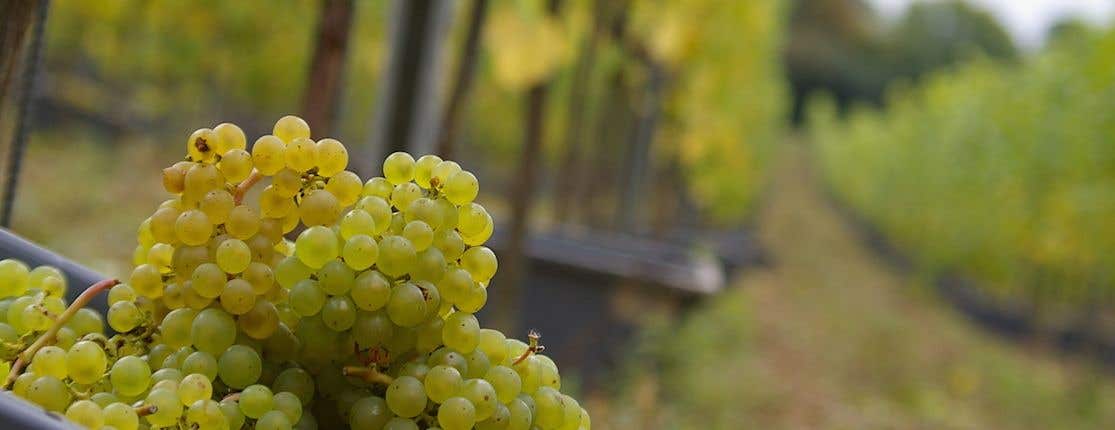United Kingdom

English and Welsh wine is not a joke, although the average Briton may treat it as such. In fact the British are the only nation to assume automatically, and usually ignorantly, that their own wines are necessarily the worst in the world.
About 4,000 acres (1,600 ha) of southern England and Wales' best-exposed land (sheltered, south-facing slopes) are planted with vines, which would be a complete waste of time at these latitudes were it not for the moderating influence of the Gulf Stream. The greatest concentration of vineyards is in Kent, East and West Sussex and Surrey. Wine has been produced in the British Isles for centuries but the modern English wine industry dates only from the 1950s, when one or two and then dozens of, typically, retired gentlefolk began to plant vines and try their hand at winemaking.
The industry today is much more professional and most wine is made by younger, qualified winemakers who usually have experience of cellars in other countries. Because of England's cool climate, only early-ripening vine varieties stand a chance of reliably producing a crop. After the Champagne grapes Chardonnay, Pinots Noir and Meunier, the most planted varieties are therefore the hybrid Seyval Blanc, the German crossing Reichensteiner, Müller-Thurgau and the increasingly successful aromatic Bacchus. But there is an enormous range of white and some red wine varieties, including Dornfelder and Rondo, still occasionally ripened in special plastic tunnels.
Almost all grape musts have to rely on added sugar to produce wines with a decent alcoholic strength and the natural grape acidity is usually notable. Such wines can make excellent bases for sparkling wines and there have been some truly refreshing dry whites which can even stand up to some barrel ageing. The second, softening malolactic fermentation is becoming more common and can make the wines taste much fuller and more interesting.
In the last 10 years or so, bottle-fermented sparkling wines have become Britain’s strongest suit, especially those made from Pinot Noir and Chardonnay – so much so that Champagne companies have been reportedly eyeing up vineyards in the south of England. Nyetimber and Ridgeview are two of the most highly regarded producers and have shown that their wines can age well in bottle.
Some favourite producers: Camel Valley, Coates & Seely, Furleigh Estate, Gusbourne, Nyetimber, Ridgeview.
A little wine is also made from vines grown in warmer parts of Ireland.
British wine is a very different animal, made from reconstituted grape concentrate imported from whichever region can offer the best price (Cyprus has been a common source). These have tended to be very cheap sherry and port style wines, strengthened with added alcohol, but the proportion of wine made in the image of table wine has increased.